Many people still believe the two buttons on toilets are only for flushing, unaware of their additional functions.
Dual-flush toilets are becoming more common in homes and public restrooms, but many people still do not fully understand how they work.
These toilets have two buttons, each serving a different purpose.
While they might look simple, they play an important role in conserving water and reducing waste.
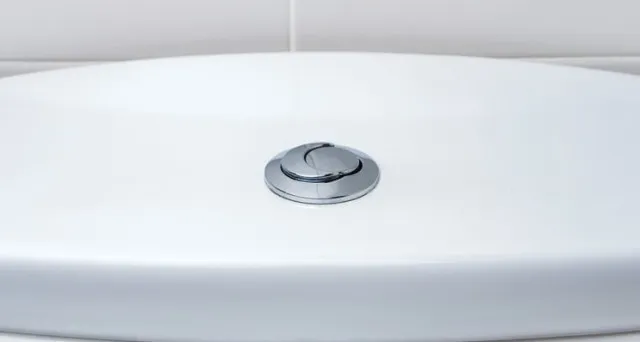
What are dual-flush toilets?
Dual-flush toilets are designed with two buttons. One button is smaller, and the other is larger.
Each button activates a different flush mechanism.
The larger button uses more water, typically around 6 to 9 liters, making it suitable for flushing solid waste.
The smaller button, on the other hand, uses only 3 to 4.5 liters, which is enough for liquid waste.
This design allows users to choose how much water they need for each flush, promoting water conservation.
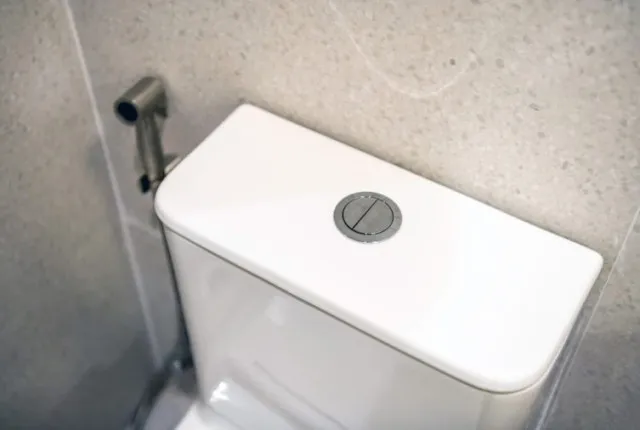
The importance of water conservation
Using less water with each flush can have a big impact on overall water usage.
Households equipped with dual-flush toilets can save up to 20,000 liters of water each year compared to those using traditional single-flush toilets.
This is especially important in regions facing water shortages or droughts.
By conserving water, families can also lower their water bills, making dual-flush toilets a wise investment.
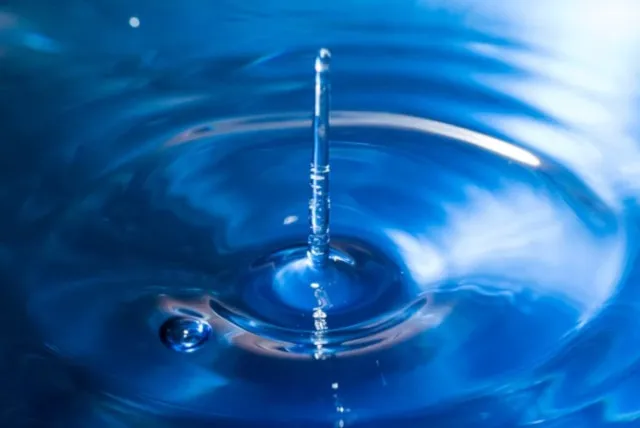
The history of dual-flush toilet
The idea of a dual-flush toilet was introduced by Victor Papanek, an American designer, in his book “Design for the Real World” in 1976.
The first practical implementation occurred in Australia in 1980.
Australia has long been focused on water conservation due to its frequent drought conditions.
The dual-flush system was a response to the need for more efficient water use in everyday life.
Environmental benefits include reduced waste and improved sustainability practices.
Installing dual-flush toilets can help ease the strain on water resources.
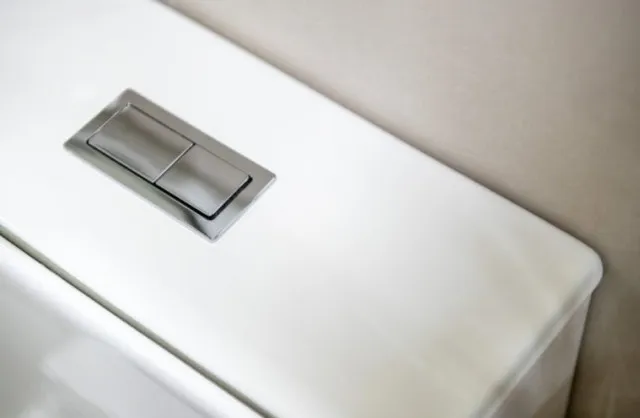
By reducing the amount of water wasted, these toilets also lessen the burden on wastewater treatment facilities.
This is crucial in promoting sustainability and protecting the environment.
The initial cost of dual-flush toilets may be slightly higher than traditional models.
However, the long-term savings in water usage and utility bills make them a smart choice for many households.
Not many people know how to use dual-flush toilets correctly
Despite their benefits, many people still do not know how to use dual-flush toilets properly.
A lack of clear instructions can lead to confusion.
Some users may press the larger button for everything, which defeats the purpose of having two flush options.
This misuse can reduce the potential water savings and undermine the design’s effectiveness.
How to use dual-flush toilets correctly?
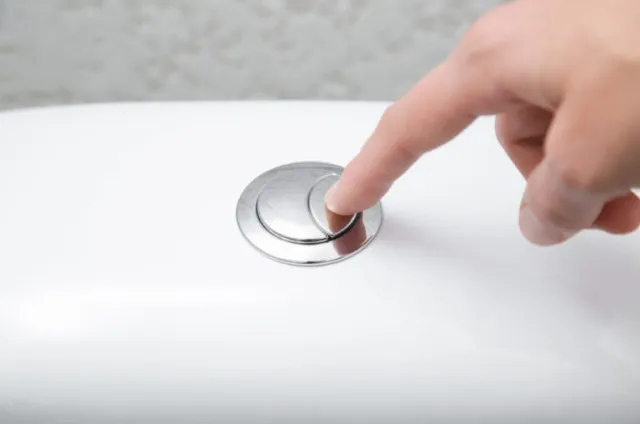
To maximize the benefits of dual-flush toilets, it’s important to understand which button to use:
Smaller Button: This button is meant for liquid waste.
It may have a symbol, such as a half-circle or raindrop, to indicate its purpose. Using this button saves water.
Larger Button: This button is for solid waste. It is usually larger and may have a distinct visual indicator, like a full circle.
This button uses more water, which is necessary for effectively flushing solid waste.